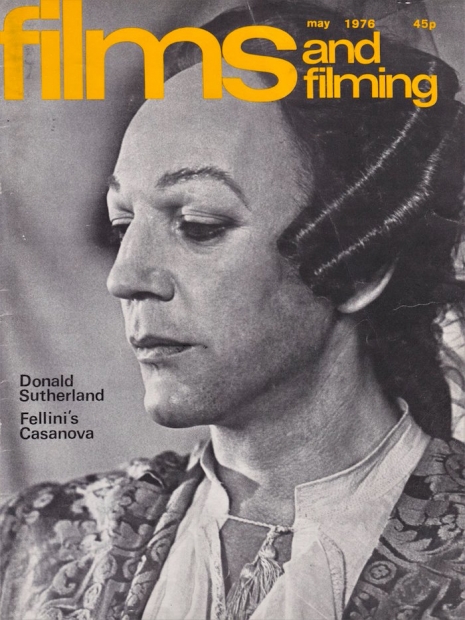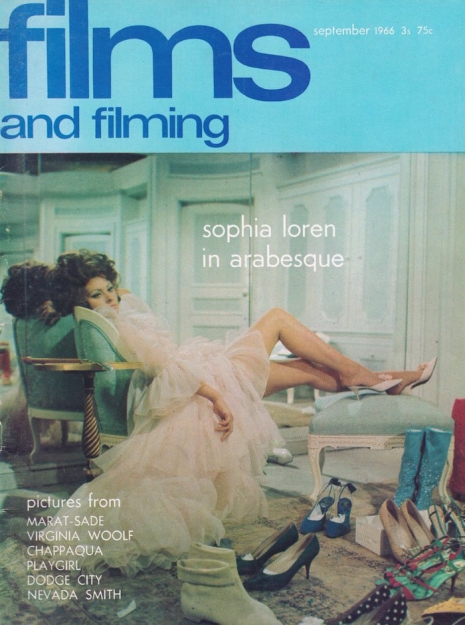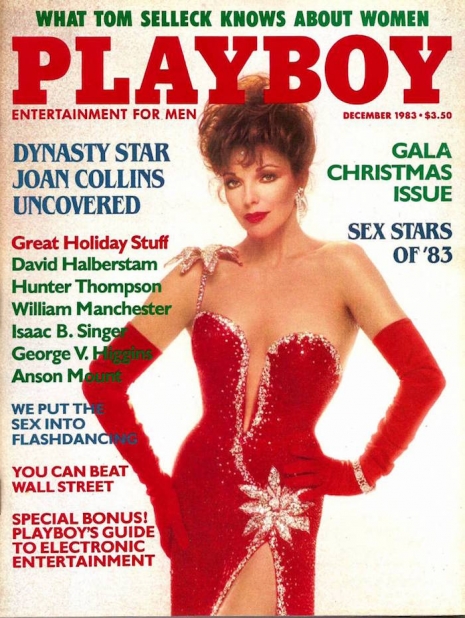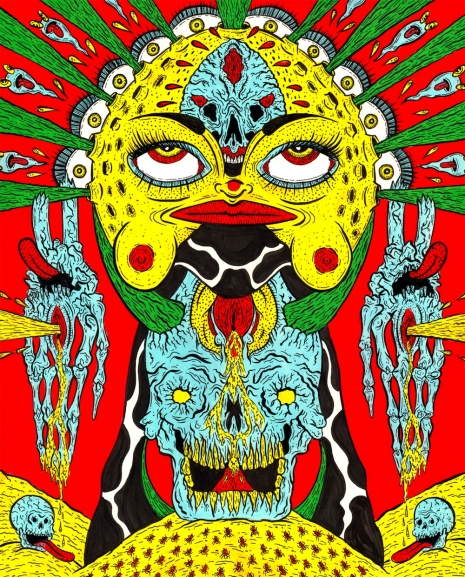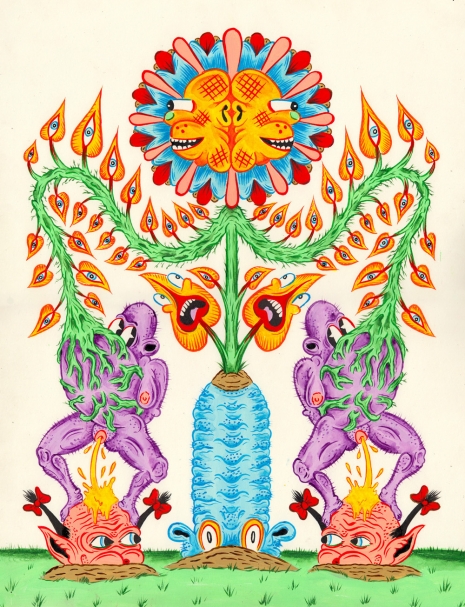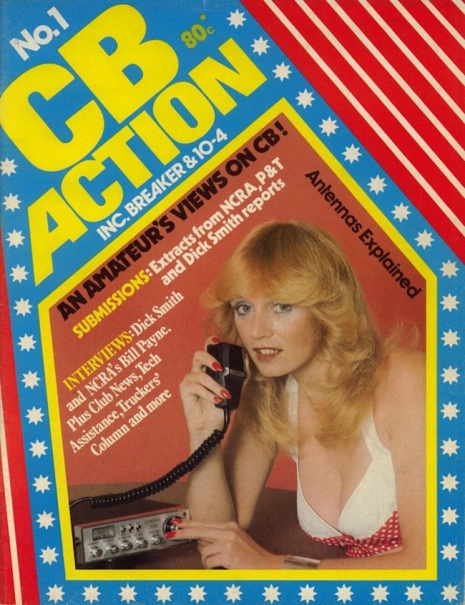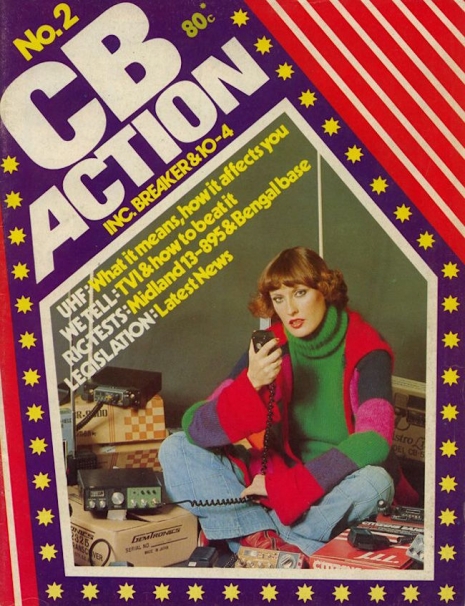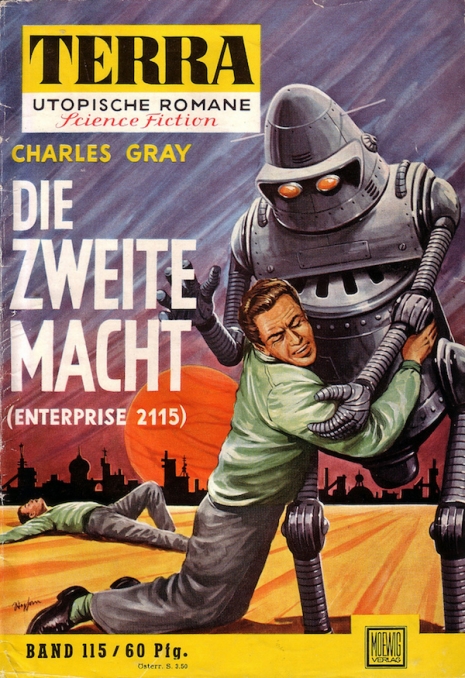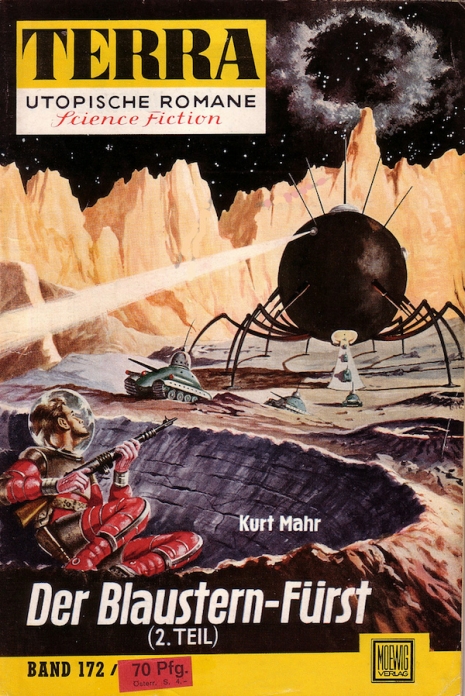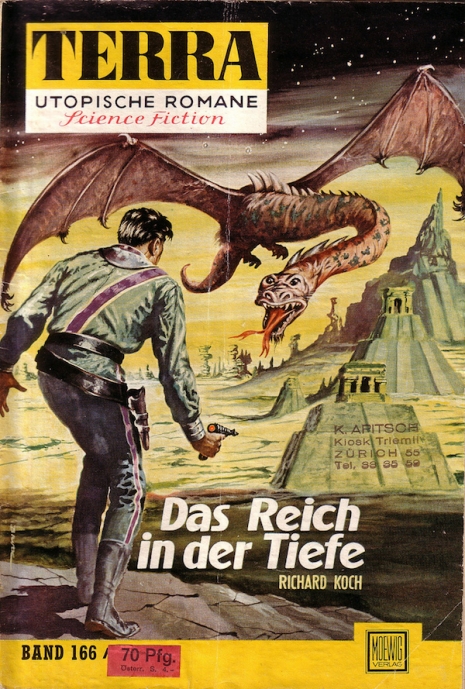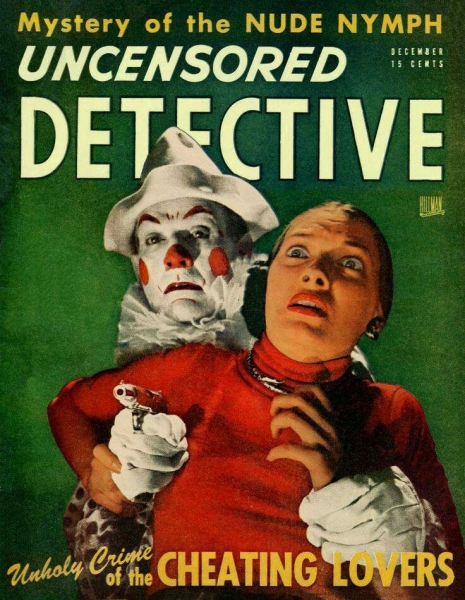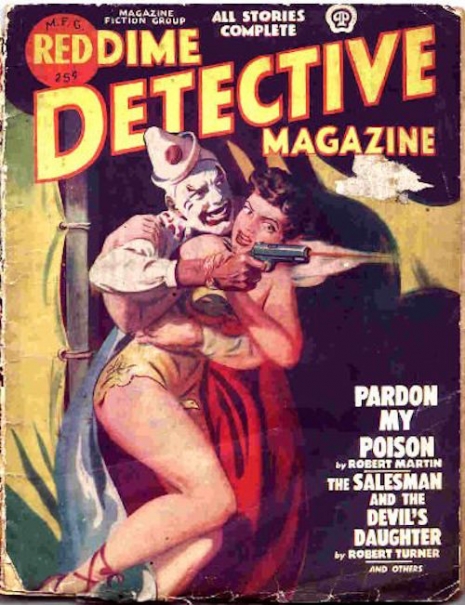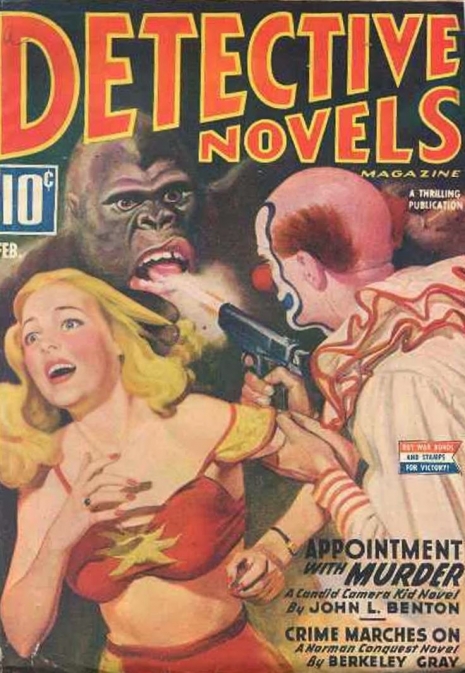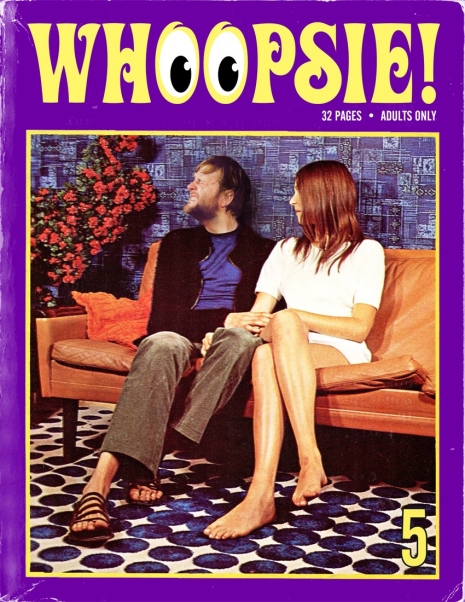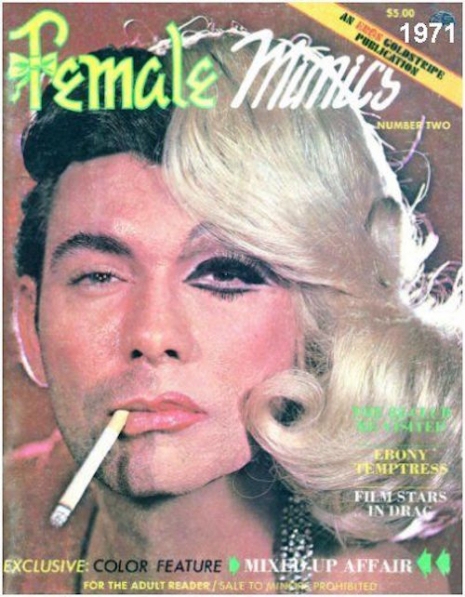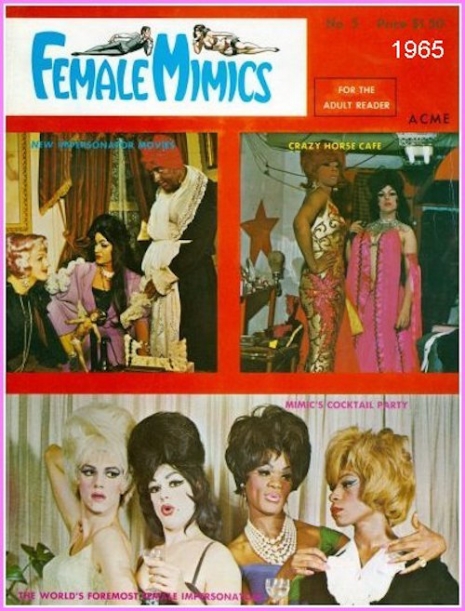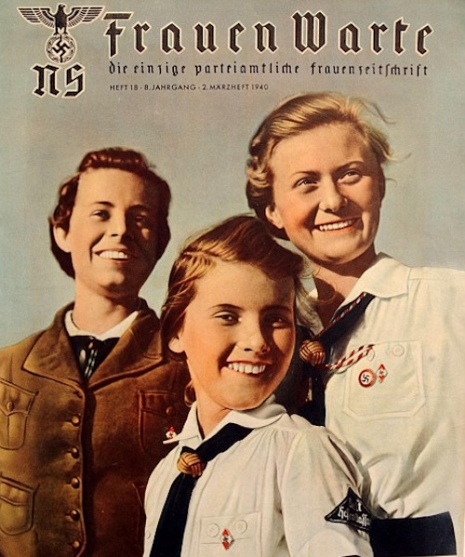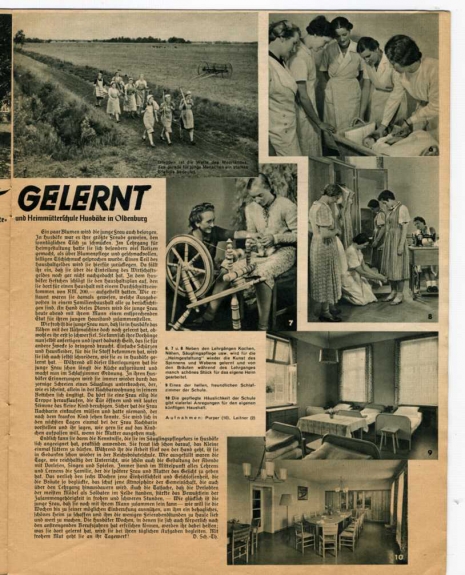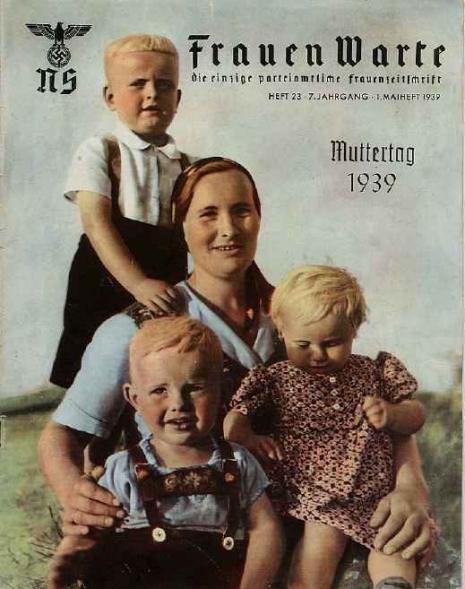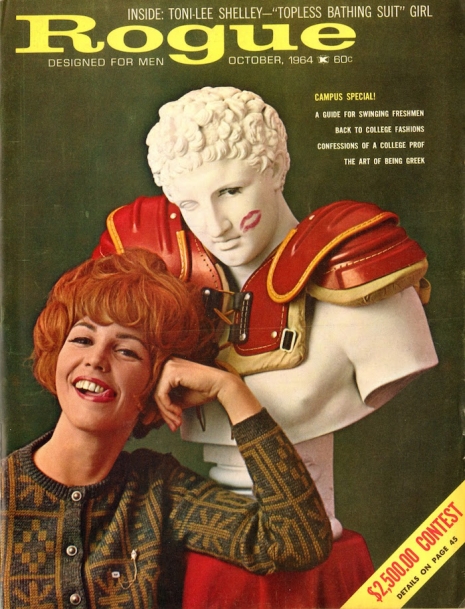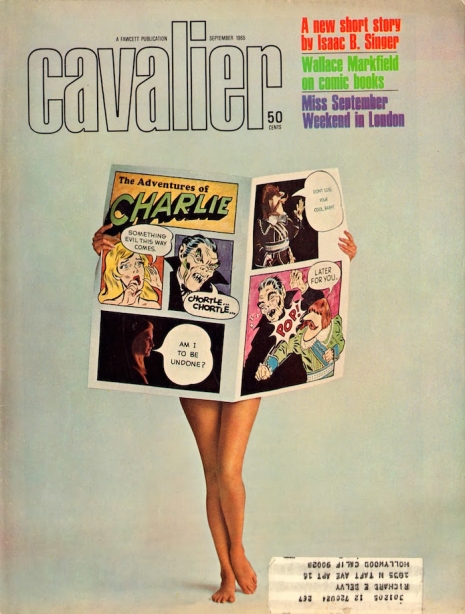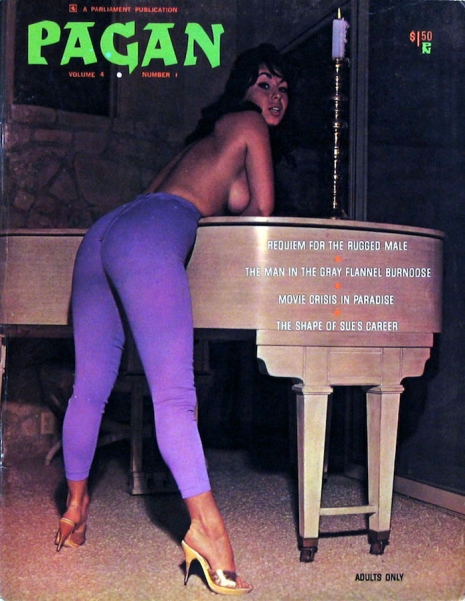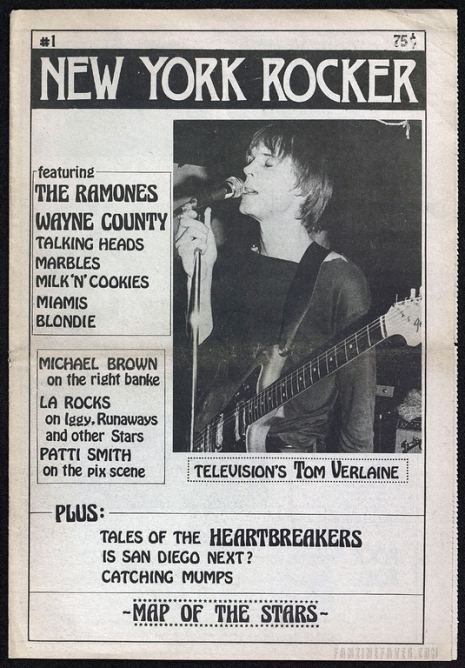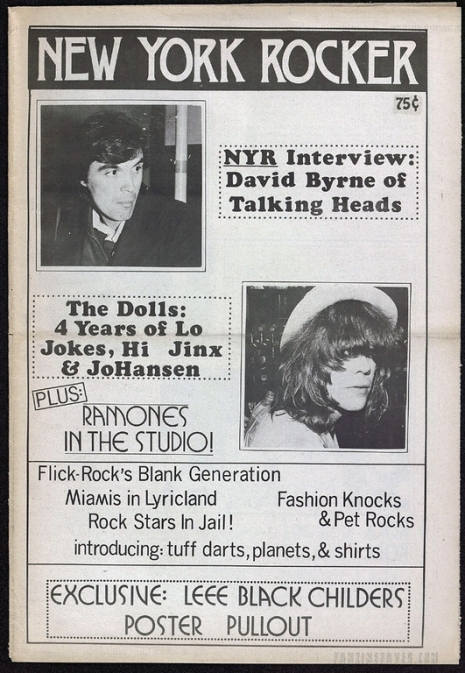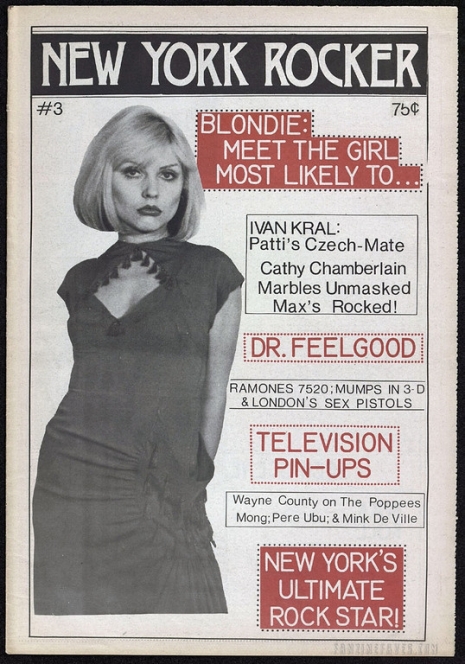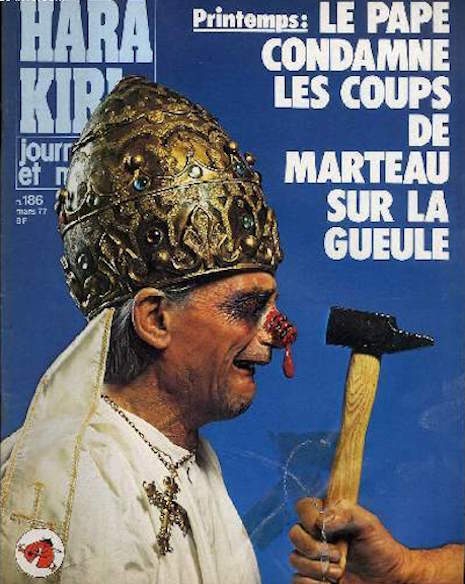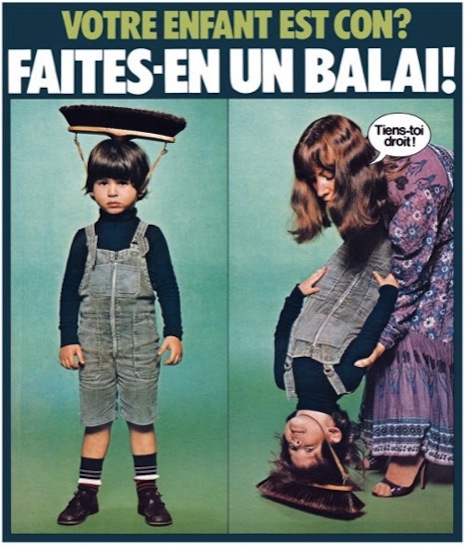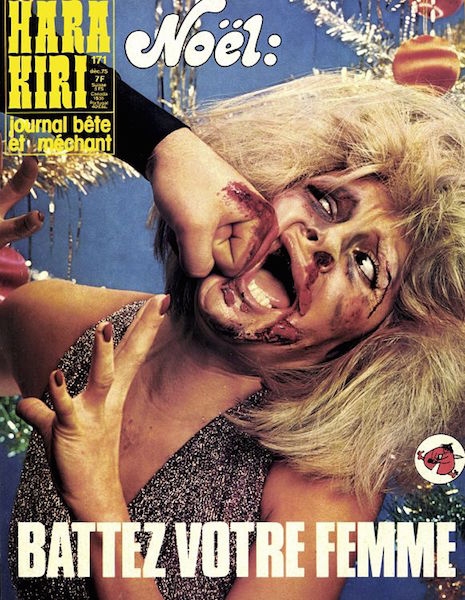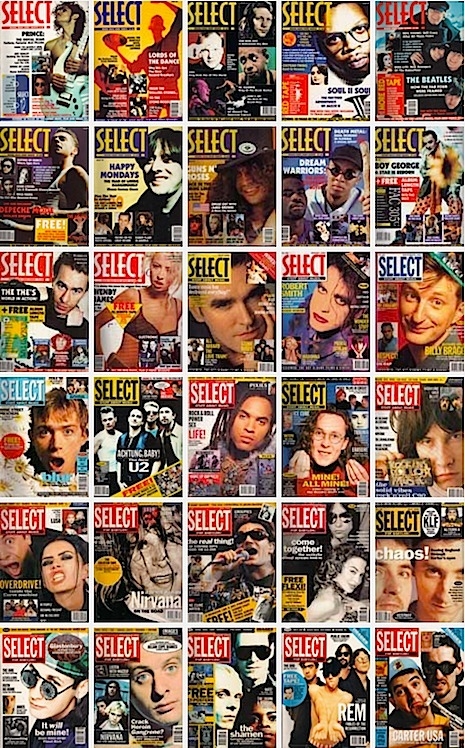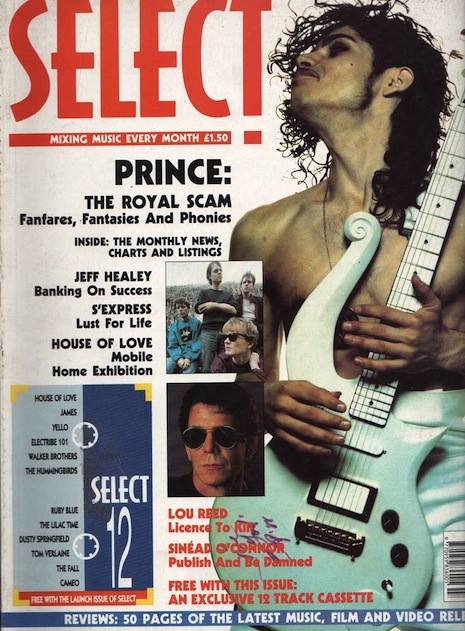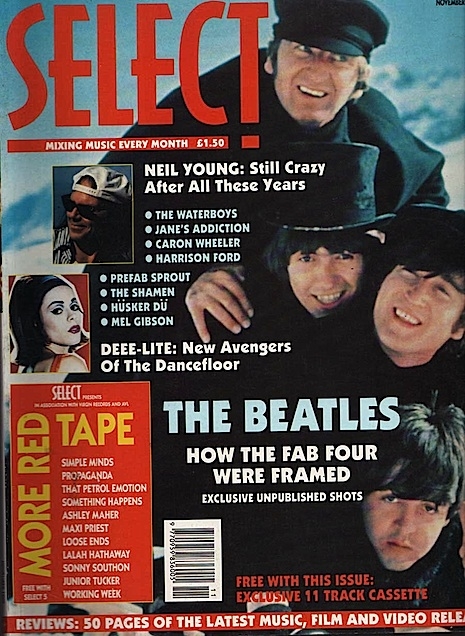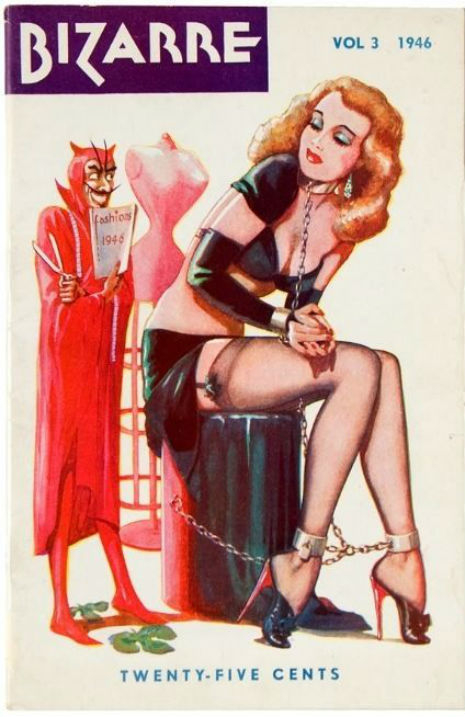
In the world of adult magazines, the devil girl has always been one of the standby icons. And not just there, but in comic books, film, art, tattooing and just about anywhere else you might look. Almost always a positive thing and a fantasy bigger than all the Bettie Pages, Marilyn Monroes and Jayne Mansfields combined. By the 1950s fantasy and reality started having blurred lines. Oh it always existed, but in the late 1940s when John Willie created the first full on fetish magazine, Bizarre, the devil girl was made flesh. This magazine influenced Irving Klaw and all the publishers of the now beloved “vintage smut” (a major hashtag on Instagram and other hashtaggy photo display sites). Magazines like Exotique, the art of Eric Stanton, Gene Bilbrew (Eneg), and others became a long running mainstay. Many of these magazines existed to display personal ads for things, even now, that many people just couldn’t come out and say they were into. Even today, the bizarre content of these 50, 60 and 70-year-old magazines is truly BIZARRE! These are the most collected adult magazines the world over.
_465_607_int.jpg)
When the 60s rolled around and free love, paganism, communal living, more open nudism and—furthest from center, Anton LaVey’s Church of Satan—split the population in two as far as people interested in these activities. In pre X-rated adult films, adult magazines were approaching porno rapidly. There were the people that actually lived this stuff and even more people who wanted to know about it, but couldn’t possibly do it! This audience created the massive business we are about to discuss.
The slightly older suburban set (not the wife swappers and swingers, but the lonely uptight fellas) really wanted a glimpse into this other world, and there became the essence of adult and underground film and publications, especially the kind you could secretly take home. This audience is what is known in the adult film world as “the raincoat crowd”—horny guys who went alone to the theaters in Times Square and other places like it around the country. Many of these films are so insane they must be seen to be believed and most of them, literally thousands of them, can be bought or downloaded from Something Weird Video.
There was a great interest in the Church of Satan as they used nudity and sex magick and weren’t just some stuffy new religion, but seemed like the ultimate party! LaVey and his church got so much magazine play (they’re in movies as well including a documentary on them, Satanis The Devil’s Mass, just reissued on Blu-ray). This subject proved so popular that a cottage industry of Satanic porn magazines, some lighthearted, some very dark popped up. As innocence ended with the advent of mass-produced, readily available porn, everything rushed out the door as fast as it could be printed. These particular magazines are just about the rarest, most collectible and most expensive porn mags on the collectors market.
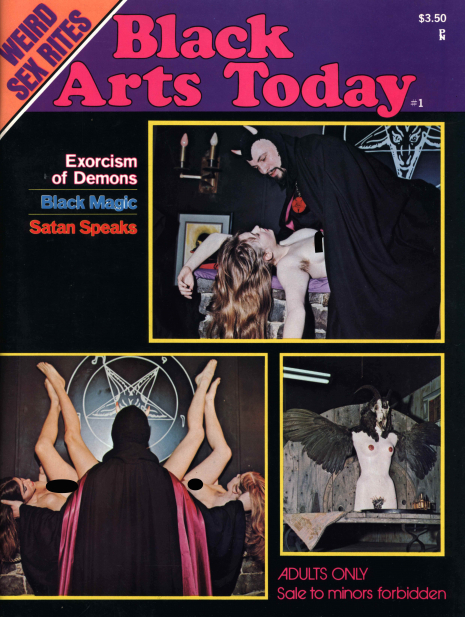
_465_629_int.jpg)
I had heard about an underground cult of collectors putting out a compendium of these almost secret magazines and set out my feelers to find and talk to them. When I found them I had to agree to their terms and be put in a car, blindfolded, and driven to an amazing space where I sat with a man in a leather mask. Offered a drink, I steadfastly refused. Here’s the interview…
So…do you represent some newfangled vintage smut collecting anonymous devil cult?
Vintage smut collecting is a solitary path. There is no unity or group activities that we promote. While we often encourage collectors to communicate with others regarding the titles they are actively hunting since this sort of networking may aid the buyer in searches, our sense of community does not proceed much further than communication among peers to meet collecting milestones. Sharing this material with others, is often beneficial for amorous rituals. So, it is advisable to view with one or more partners in a sensual setting to facilitate sexual rites. Publishing this book allows us to share our unholy sacrament with the chosen few. So, these interested individuals can finally obtain the hidden knowledge and elusive ritual tools that will allow them to explore this realm for themselves.
I hear just a lucky few get the wild evil record made in conjunction with this book. What does one have to do to get it and what’s on it?
To spice up this already mega tasty publication we wanted to include one of our favorite bands; the mysterious slime hard rock psycho band Ball. In the past Ball has really managed to summon the crazy satanic and murky occult vibe of these mags, in their song and video “Satanas” for example. So, we bribed them with smut and asked if they to record a new song that could be featured on an exclusive flexi-disc single for a few select copies of the book and they came up with the crazed “Horny Highlights from Debauched”. The ways to actually procure a copy are most mysterious but probably includes a solemn request directly to Ball.
How long did it take to amass this incredible collection & what else do you collect? Are there more volumes in store?
The collection has been growing in size for roughly seven years. Satanic Mojo Comix and Jason Atomic was the catalyst that first awakened our interest in these devilish artifacts. Collecting vintage magazines currently consumes most of our waking hours. All other pursuits have been obliterated to focus on “adult slicks.” The records, jukeboxes, Italian horror fumetti, and original art acquisitions are all currently sidelined and paused. Magazines reign supreme in the top collecting spot, draining bank accounts and sending us scrambling like rabid addicts to our local post office whenever a delivery is missed. There are more volumes currently in the works, and we are more than excited to continue sharing the wealth with open minded adults over the age of 18, seeking to learn more about vintage smut. There have been numerous recent 60s and 70s magazine discoveries by our acquisition team that will blow minds and leave the reader breathless and begging for more. At this precise moment we look forward to continuing and enhancing our current exploration of witchery and devilry in the next volume, being assembled in our labs.
Continues after the jump…


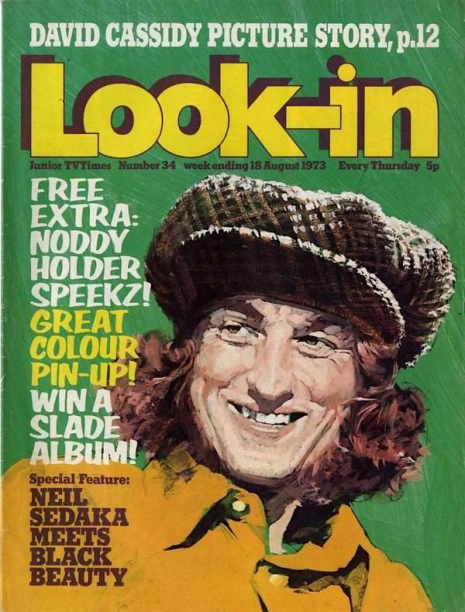
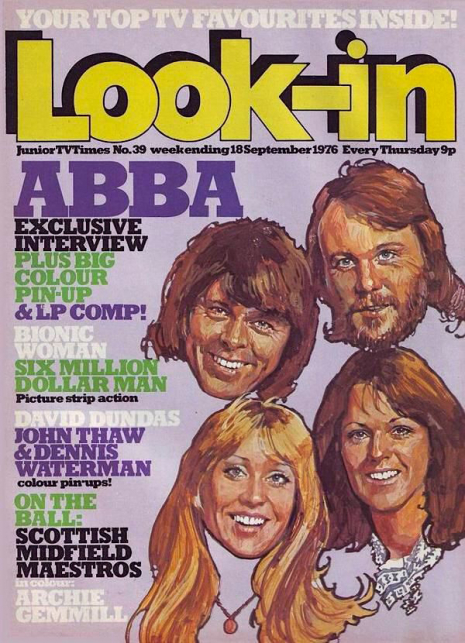
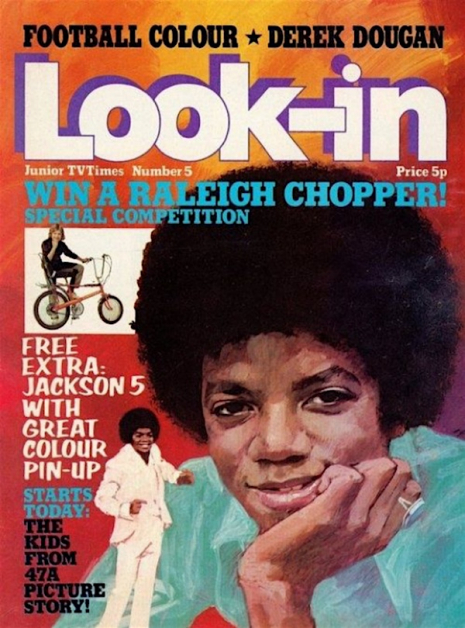
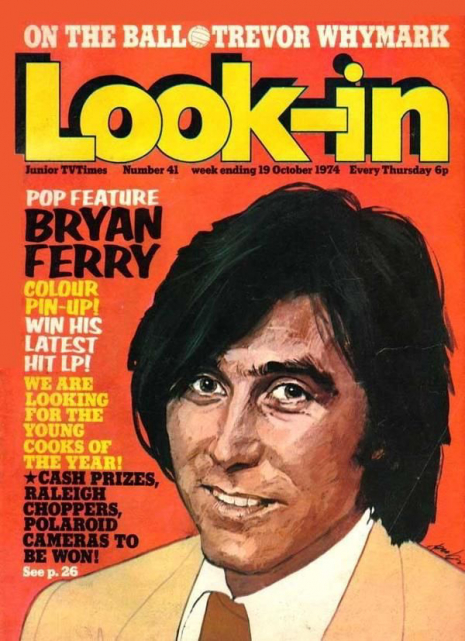







_465_607_int.jpg)

_465_629_int.jpg)


